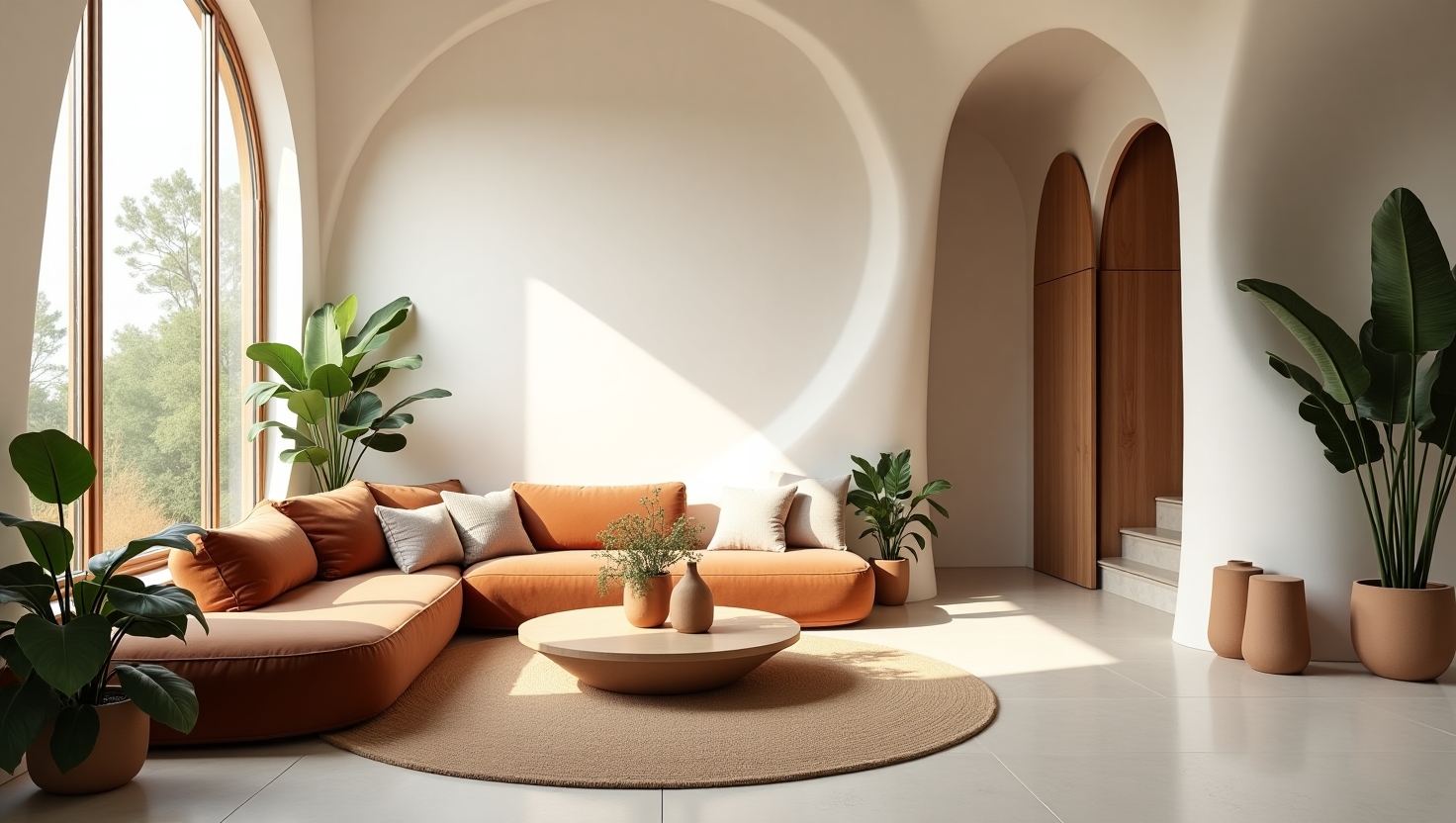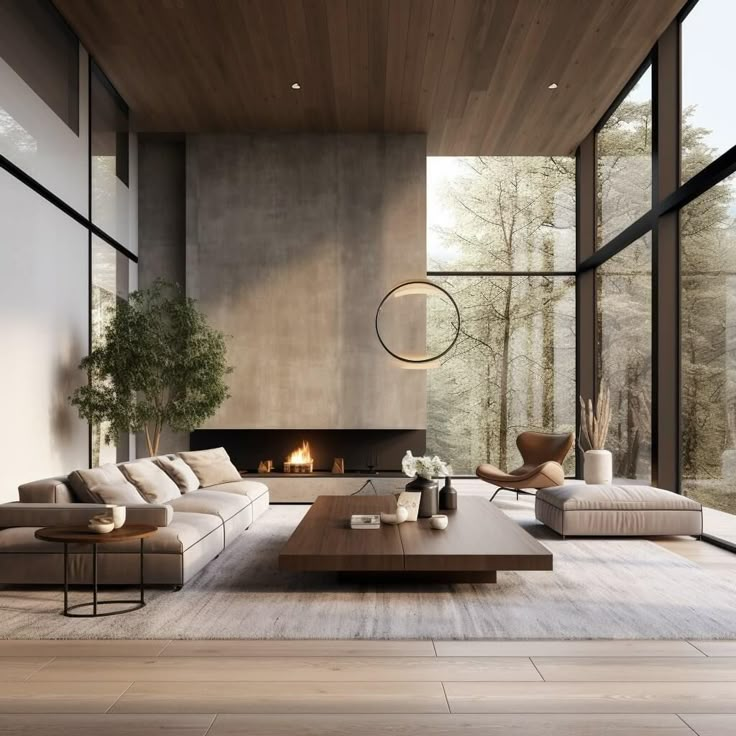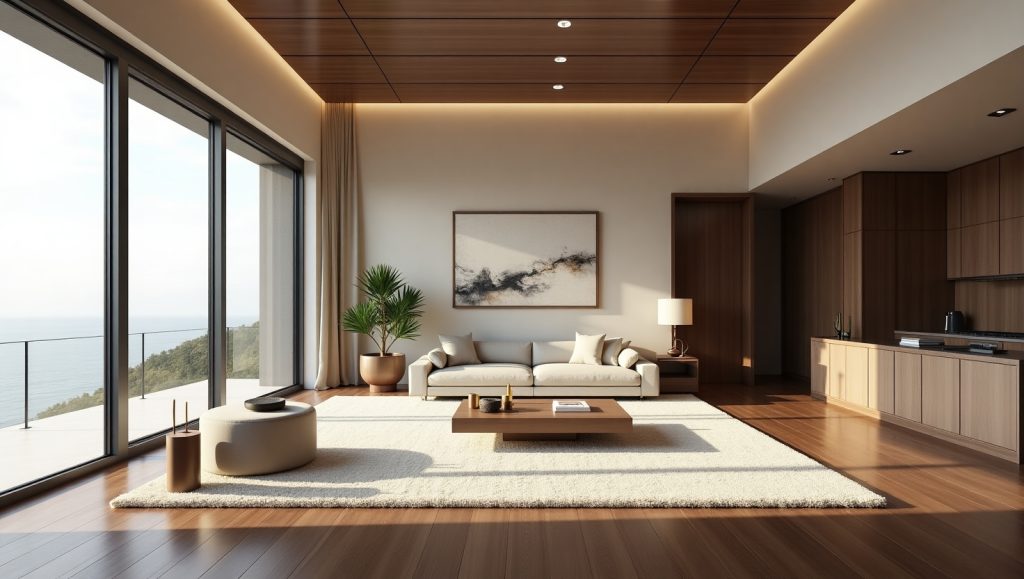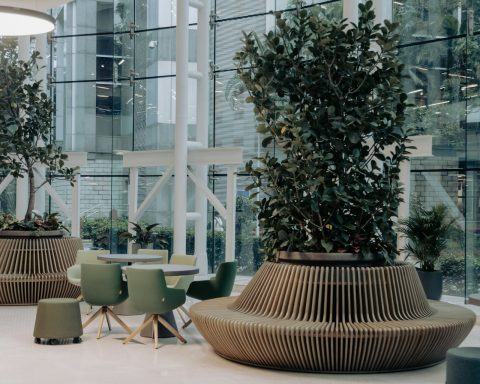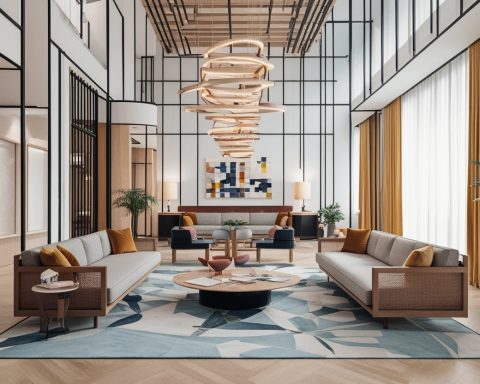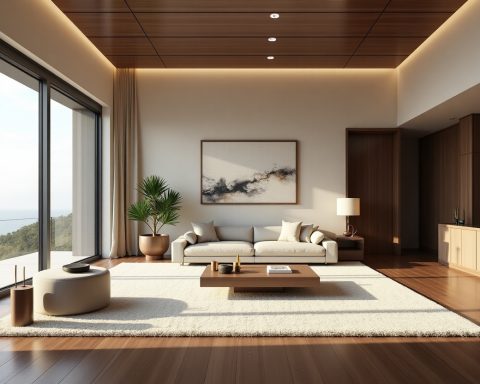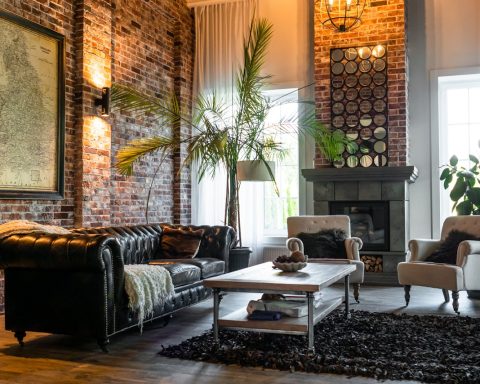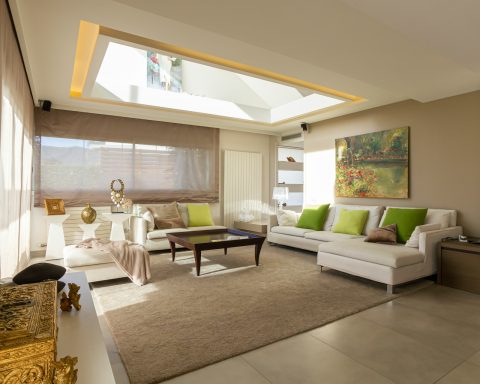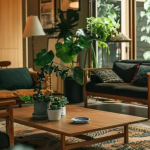In recent years, interior design has seen a remarkable shift from rigid lines and sharp geometry to the welcoming embrace of organic curves. This transition marks a profound evolution in how we perceive and experience space. Modern interiors are no longer bound by the cold minimalism of the past. Instead, we are witnessing a renaissance of sensuality, movement, and natural inspiration—a return to the curve.
The Rise of Organic Design in Contemporary Spaces
Organic shapes, defined by their asymmetry, fluidity, and connection to nature, are now at the forefront of cutting-edge interior design. These forms mimic the natural contours of the earth, the undulating waves of the sea, and the soft silhouettes of living beings, resulting in spaces that feel more relaxing, emotionally resonant, and human.
We find these influences in arched doorways, curved furniture, wavy mirrors, and rounded walls. Far from being a fleeting trend, this is a movement that harmonizes design with the human experience. The result is interiors that promote comfort, wellness, and aesthetic pleasure.
Curved Furniture: Sculptural and Soothing

One of the most prominent manifestations of this trend is the resurgence of curved furniture. From crescent-shaped sofas to orb-like armchairs, these pieces offer a visual softness that invites relaxation. They contrast beautifully with angular architecture, providing a balance between structure and softness.
Rounded edges also serve a practical function—they enhance flow within a room, reducing visual clutter and physical obstructions. In open-plan homes, these curves create natural pathways, guiding movement without the need for physical barriers.
Materials further amplify the organic appeal. Velvet, boucle, and wool are common choices for curved furniture, adding tactile warmth to the visual softness.
Wavy Decor and Accents: Adding Subtle Elegance
The return of the curve is not limited to large pieces of furniture. Decorative elements like wavy mirrors, scalloped tiles, and curved shelving units add intricate details that transform a space subtly but powerfully. These accents break the monotony of straight lines, adding depth, motion, and character.
Lighting fixtures, too, are embracing the organic revolution. Orb-shaped pendants, sine-wave sconces, and spiral chandeliers not only illuminate a space but act as focal points, showcasing the artistry of fluid design.
Architectural Arches: Reimagining the Built Environment

Architecture is increasingly adopting curves to redefine structural elegance. Arched doorways and windows, once seen as traditional or vintage, are now a bold statement in modern homes. These elements create a sense of grandeur and flow, offering a dramatic yet soft transition between spaces.
Curved staircases, vaulted ceilings, and rounded alcoves bring a sculptural quality to the home, making everyday structures feel like pieces of art. These architectural features also enhance natural light distribution, casting more dynamic shadows and highlights across interiors.
Nature-Inspired Interiors: Biophilic Design and Organic Forms
Curved design elements align seamlessly with the principles of biophilic design, which emphasizes a deep connection between humans and the natural world. Incorporating natural forms and patterns into interiors fosters mental clarity, calmness, and well-being.
Designers are incorporating river-like flow in floor plans, tree-branch motifs in decor, and stone-like forms in furniture. These gestures bridge the gap between the indoors and outdoors, especially when paired with earthy color palettes, indoor plants, and natural light.
Curves and Color: Harmonizing Form with Tone
Curved design thrives in environments where color supports its fluid nature. Muted pastels, earth tones, and soft neutrals are often used to complement the organic forms. These palettes avoid stark contrasts, instead fostering a cohesive, calm environment.
Monochromatic color schemes with tonal variations can enhance the sense of depth and curvature, especially when paired with strategic lighting. In contrast, bold hues like terracotta, forest green, or navy blue can be used to highlight curves, turning them into stunning statement features.
Curved Kitchens and Bathrooms: Redefining Functionality
Traditionally utilitarian spaces like kitchens and bathrooms are now being reimagined through the lens of organic design. Rounded countertops, curved cabinetry, and oval-shaped islands are making their way into modern kitchens, offering both visual interest and ergonomic function.
In bathrooms, curved bathtubs, circular mirrors, and rounded tile patterns bring a spa-like tranquility. These features soften the typically hard edges of these spaces, making them more inviting and cohesive.
Textiles and Rugs: Softening Through Layers
Textiles are essential to enhancing the organic design ethos. Circular rugs, wavy throws, and curved-edge upholstery soften visual transitions and add layers of warmth and texture. Layering these materials with curved design elements further emphasizes comfort and softness.
Textile patterns are also evolving. Expect to see organic prints, such as swirls, abstract waves, and marbled effects, gaining popularity alongside the return of physical curves.
Technology Meets Curves: The Future of Smart Organic Design
With the integration of smart home technology, curved interiors are entering a new age of innovation. Smart lighting systems, voice-controlled curved LED panels, and ergonomically curved home workstations are combining beauty with utility.
These features prove that curved design isn’t just an aesthetic choice—it’s a forward-thinking approach that considers form, function, and future living.
Sustainability and Organic Interiors
Organic shapes are often associated with sustainable practices. Many designers are turning to eco-friendly materials like bamboo, rattan, reclaimed wood, and bioplastics to craft fluid, natural forms. These materials are not only biodegradable but also resonate with the natural inspiration behind the curved design philosophy.
Reclaimed materials, in particular, lend an organic imperfection that enhances the authenticity of the space. Their irregularities echo the unpredictability of nature and contribute to the narrative of organic design.
Conclusion: The Curve Is Here to Stay
As the world shifts towards more human-centered and emotionally resonant spaces, the return of the curve in interior design represents more than just a stylistic preference. It is a cultural response—a call for comfort, fluidity, and harmony in our built environments. Curved interiors make us feel held, welcomed, and at ease, which is exactly what we seek in our homes and spaces.
Designers, architects, and homeowners alike are embracing this soft revolution, where every shape tells a story and every curve invites us to slow down, relax, and reconnect—with our surroundings and ourselves.
